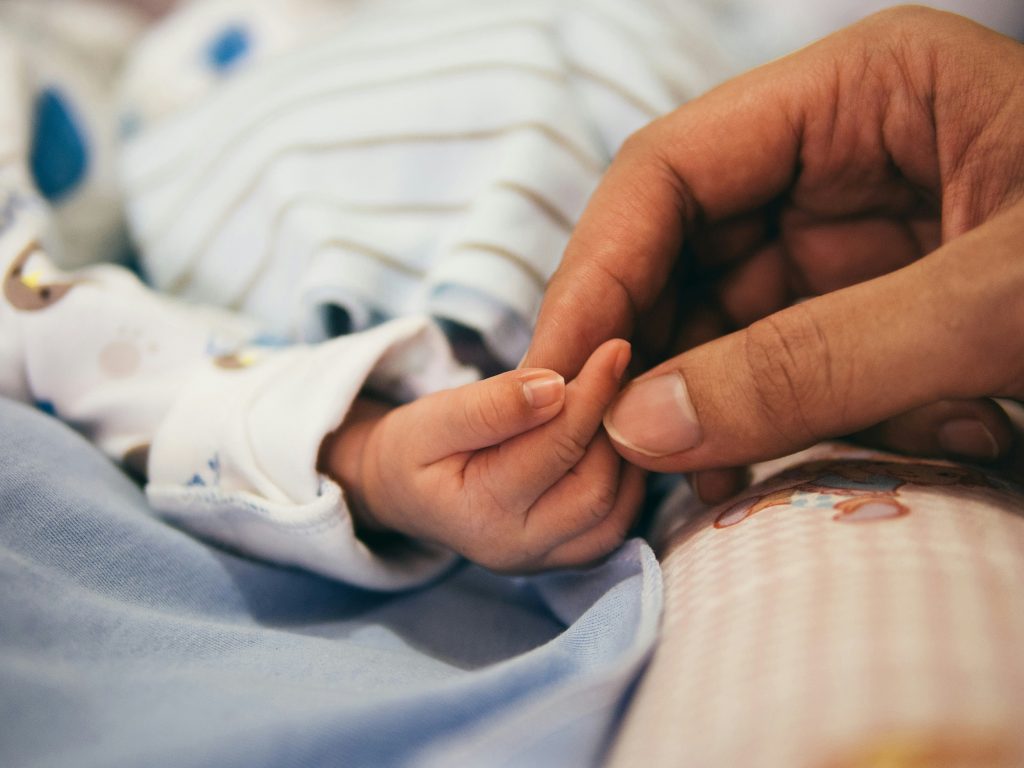Marriage has traditionally been seen as a cornerstone of British society, a symbol of commitment and stability. However, the institution of marriage in Great Britain has undergone significant transformations over the past few decades. From declining marriage rates to the rising age of first marriages, the dynamics of marriage life in the UK reflect broader societal changes, evolving cultural norms, and shifting economic realities. This blog post delves into these trends, painting a nuanced picture of modern marriage in Britain.
Declining Marriage Rates
One of the most striking trends in recent years is the declining marriage rate. The number of people choosing to marry has steadily decreased, a phenomenon that reflects changing attitudes toward long-term relationships and the growing acceptance of alternative living arrangements. The figure dropped to 49.7% in 2021 and then to 49.4% in 2022, according to the latest estimates from the Office for National Statistics (ONS).
“Fewer people are choosing to marry compared to previous decades, reflecting broader societal changes and the increasing acceptance of cohabitation as a legitimate alternative to traditional marriage.”
This decline can be attributed to several factors. Economic considerations play a significant role, as the financial burden of weddings and the cost of living make marriage less attainable for many. Additionally, the rise of cohabitation offers couples a way to commit to each other without the legal and financial implications of marriage. Cohabitation provides flexibility and can serve as a testing ground for long-term compatibility.
Rising Age of First Marriages
Another notable trend is the increasing age at which people get married. As of the latest data, the average age for men marrying for the first time is around 34 years, while for women it is approximately 32 years. This trend towards later marriages is influenced by several factors, including prolonged periods of education, career prioritization, and the desire for financial stability before tying the knot.
The emphasis on personal development and financial independence has reshaped the traditional timeline of marriage. Young adults are now more likely to focus on their careers and personal growth before considering marriage. This shift reflects a broader societal change where individual fulfillment and professional success are highly valued.
Changing Divorce Rates
The landscape of marriage in Great Britain is also marked by evolving divorce rates. While the liberalization of divorce laws in the 1960s and 1970s led to a significant increase in divorce rates, recent years have seen a stabilization. As of 2020, the divorce rate was around 7.5 per 1,000 married people, showing a slight decline compared to previous decades.

Several factors contribute to this trend. The increasing age of marriage often correlates with greater maturity and stability, reducing the likelihood of divorce. Additionally, couples today are more likely to cohabit before marriage, allowing them to build a solid foundation and ensure compatibility before making a lifelong commitment.
Family Size: Smaller Households
The average number of children per household in Great Britain has been decreasing, reflecting changes in societal values and economic realities. Recent data indicates that the average number of children per household is approximately 1.7. This trend towards smaller families is driven by various factors, including the high cost of living, career aspirations, and personal preferences.
The rising cost of childcare, housing, and education makes raising multiple children financially challenging for many families. Additionally, modern couples often prioritize career development and personal growth before starting a family, leading to delayed parenthood and fewer children. The availability of contraception and family planning services has also empowered couples to make more informed decisions about family size.
Cohabitation and Alternative Family Structures
Cohabitation before marriage has become increasingly common in Great Britain, reflecting a shift towards more flexible relationship structures. Many couples choose to live together without formalizing their relationship through marriage, viewing cohabitation as a legitimate and practical alternative. This trend is partly driven by changing societal attitudes that no longer view cohabitation as a precursor to marriage but as a valid choice in its own right.
Civil partnerships, initially introduced for same-sex couples, have also been extended to heterosexual couples, providing legal recognition of relationships without the traditional concept of marriage. The rise of civil partnerships highlights the evolving nature of relationship recognition in Britain and the increasing acceptance of diverse family structures.
According to the Office for National Statistics (ONS), “while 99.3% of married people were married to someone of the opposite sex, the estimated number of people in marriages with a partner of the same sex has increased, from 26,000 in 2015 to 167,000 in 2022; of people in same-sex marriages, males accounted for around 6 in 10, or 61.2%, while females accounted for around 4 in 10, or 38.8%.”
The Future of Marriage in Great Britain
Looking ahead, the future of marriage in Great Britain is likely to continue evolving, shaped by ongoing social, economic, and cultural changes. Policies and societal support systems will play a crucial role in influencing trends in marriage and family life. Initiatives that support work-life balance, affordable childcare, and accessible housing can impact decisions about marriage and family size.

As attitudes towards relationships and family life become more fluid, traditional notions of marriage will continue to be redefined. The increasing acceptance of diverse family structures and relationship forms will further diversify the landscape of family life in the UK. This evolution reflects a society that values individual choice and flexibility, adapting to the needs and aspirations of its members.
Marriage life in Great Britain today is characterized by significant trends and changes that reflect broader societal shifts. The declining marriage rate, increasing age of first marriages, changing divorce rates, and smaller family sizes all paint a picture of a society in transition. As attitudes towards relationships and family life continue to evolve, the institution of marriage in Great Britain will undoubtedly adapt, reflecting the diverse and dynamic nature of modern British society. The future of marriage in Britain promises to be as diverse and multifaceted as the society it represents, embracing a wide range of relationship choices and family structures.














